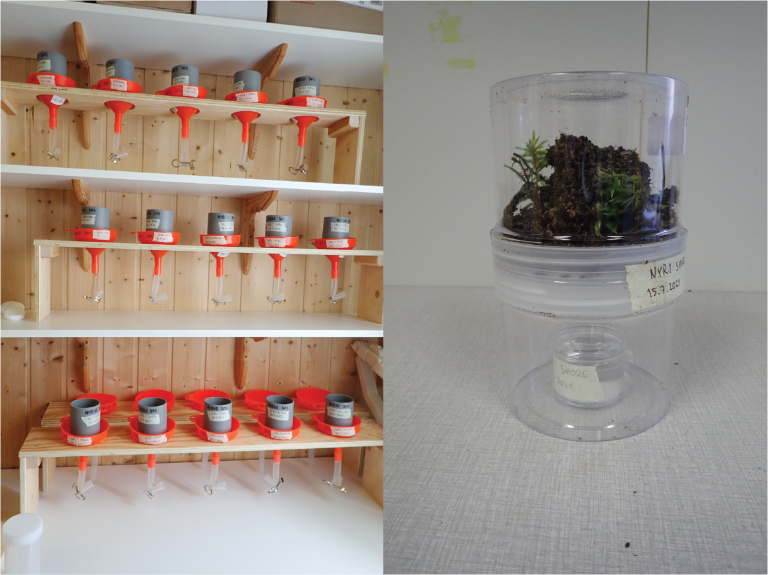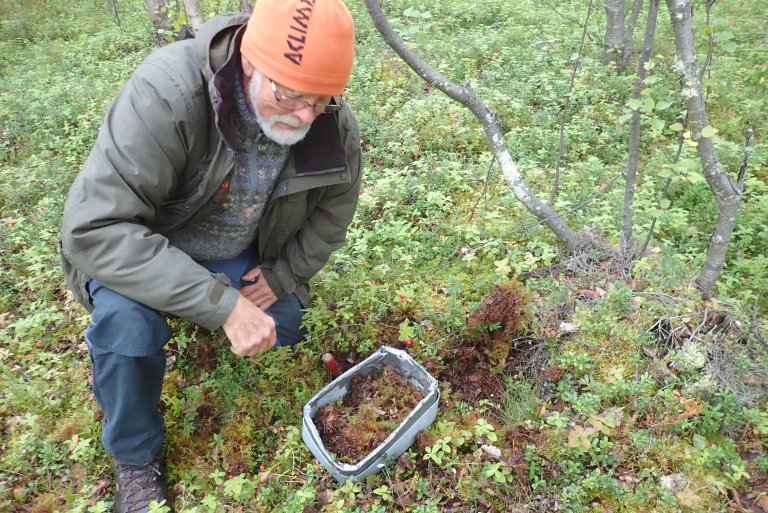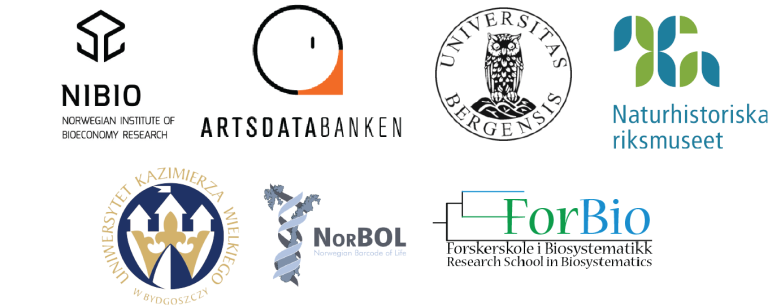Division of Environment and Natural Resources
Soil Organisms in the Subarctic (SOS)

End: may 2024
Start: jun 2021
The main aim of this project, funded by Artsdatabanken, is to collect and identify soil organisms in understudied northern regions, particularly subarctic soils in eastern Finnmark.
Project participants
Snorre Hagen Dr. Anna Seniczak (University Museum Bergen) Dr. Oleksandr Holovachov (Natural History Museum Stockholm), Dr. Arne Fjellberg (NIBIO)News
In summer 2022, we will have a soil biology course at NIBIO Svanhovd together with ForBio and the University Museum in Bergen. For more information:
Link to Soil biology course
| Start - end date | 01.06.2021 - 31.05.2024 |
| Project manager | Cornelya Klutsch |
| Division | Division of Environment and Natural Resources |
| Department | Ecosystems in the Barents region |
Soil species contribute ~25% to global biodiversity; however, comprehensive soil biodiversity data are patchy and partially non-existent. This knowledge gap prohibits environmental assessments of human impacts (e.g., agriculture, pollution, climate change, and invasive species) on soil ecosystems.
It has been shown, particularly in northern geographical regions like northern Scandinavia, that much of the biological biodiversity in soils remains unknown while numerous soil invertebrate species go extinct due to climate change and other human activities before they can be described by scientists. This is problematic because scientists cannot determine the ecological functions of those extinct species and compositions of soil invertebrate communities, losing valuable knowledge to be used in sustainable management of soil ecosystems.
This project therefore aims to contribute to increasing knowledge on subarctic soil invertebrates in eastern Finnmark (Norway). More specifically, three major soil invertebrate groups, namely springtails (Collembola), mites (Acari), and nematodes (Nematoda), will be studied. These groups are among the most species-rich in soil as well being among the least studied and scientists anticipate that many more species are to be found.

To achieve this, two complementary methods are being used. First, morphological species identification by taxonomic experts is conducted. Second, a few of the identified specimens are studied using a DNA-barcoding approach with the results that morphological and genetic data are stored in publicly available databases (BOLD, link in left margin). Expanding these databases will help future research to be conducted faster and allows for the development of genetic-based monitoring tools.
This project is a collaborative effort: Dr. Cornelya Klütsch (NIBIO Svanhovd), Dr. Snorre Hagen (NIBIO Svanhovd), Dr. Anna Seniczak (Bergen University Museum), Dr. Oleksandr Holovachov (Natural History Museum Stockholm), Dr. Sławomir Kaczmarek (Kazimierz Wielki University), and Dr. Arne Fjellberg (NIBIO Svanhovd).



